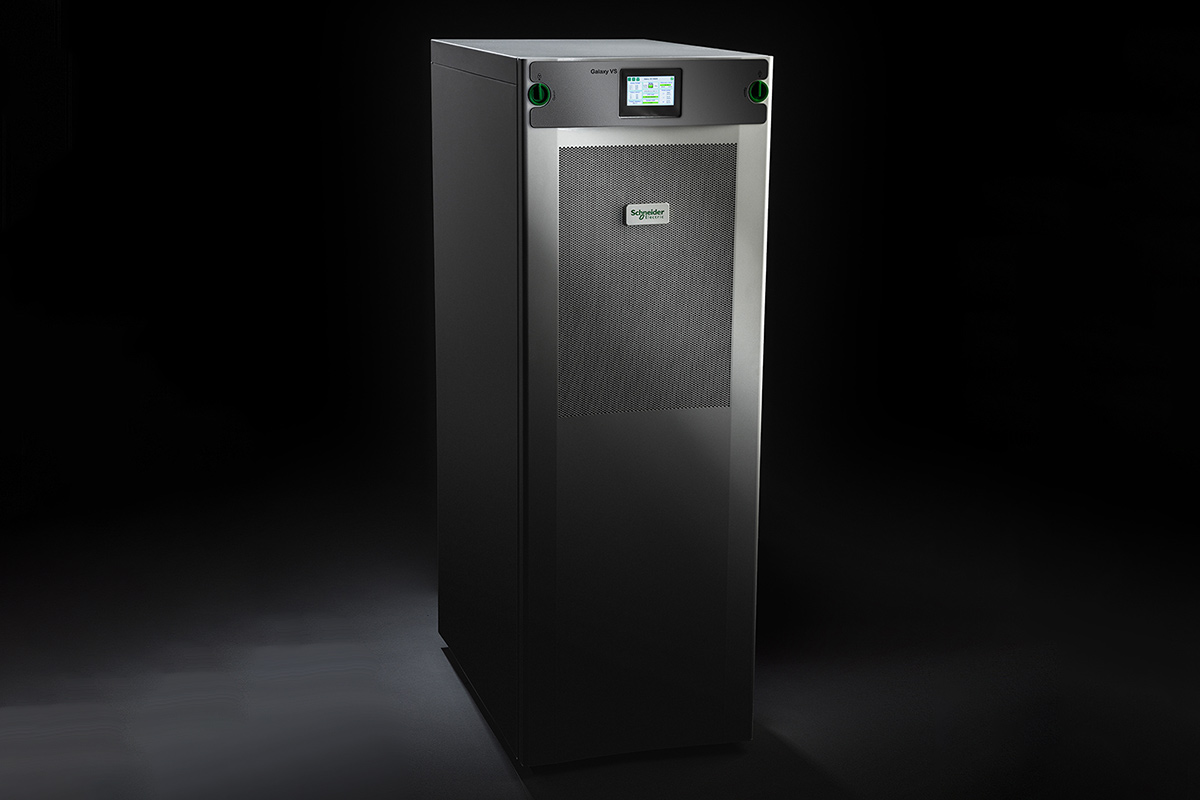Despite the advantages of lithium-ion technology, many are still reluctant to invest, citing initial cost as a deterrent, but what if we told you this was no longer the case? DCR caught up with Schneider Electric, who helped to set the record straight.
There was a time where the cost premium of lithium-ion technology was unarguably massive, and it’s understandable why people, particularly those operating within the data centre space, thought they’d be better off sticking with their (not so) trusty VRLA. After all, we all fear change, don’t we?
Unfortunately, even though li-ion is leagues ahead of VRLA when it comes to benefits, and although gaining in popularity, a lot of people still just aren’t aware of the advantages, or are still of the belief that investing in li-ion would leave them in a financial hole they’d struggle to climb out of.
The truth is, thanks to new technological developments such as the growing popularity of electric vehicles, coupled with higher volume shipments, the initial cost of li-ion technology has been drastically reduced.
Yes, li-ion it is still more expensive than VRLA, but when it comes to price comparison, the reductions in the cost of li-ion have already been huge.
Just a few years ago, li-ion was a whopping 10 times more expensive than VRLA, but as of 2018 this has come down to just 1.2 to 2 times, and this is only set to come down further.
Twice the price still might be too much for some, but any increase in capital expenditure will soon be offset by lower TCO, largely thanks to li-ion’s longer operational lifetime, greater tolerance to high operating temperatures, smaller size and faster recharge cycles. Throw in simplified maintenance and it’s easy to see how your money will find its way back.
And li-ion even keeps Mother Nature happy. Due to their chemical composition, li-ion batteries don’t contain hazardous materials like their lead-acid counterparts, which means they can be discarded more easily after use, without damaging the environment.
Additionally, as the use of li-ion continues to gain traction (which is inevitable at this point) and perhaps becomes more regulated, it is expected that more sustainable opportunities will evolve, enabling large format li-ion batteries to be recycled and any materials contained within recovered.
And if it’s disruption you fear, making the switch to li-ion needn’t be a complete overhaul. Depending on the design configuration of a UPS, it may well be possible to substitute li-ion batteries for the existing VRLA units with only a change in firmware required.
However, this will of course depend on other elements of the UPS, such as the inverter, charger and mechanical design being compatible with the different batteries.

During our chat, Schneider was of course keen to tell us all about its own latest li-ion innovation: The Galaxy VS. An extension of the company’s already award-winning Galaxy UPS series, the Galaxy VS is a great example of these advantages I’ve been banging on about.
A highly efficient, modular, 10-100 kW, three-phase Uninterruptible Power Supply, designed for critical infrastructure and edge applications, the Galaxy VS strikes the right balance for edge and cloud customers who need innovative solutions that are easy to deploy in a hybrid ecosystem.
And I don’t care what people say, size matters, particularly within the data centre space (or lack thereof). The compact and flexible design of the UPS addresses the unique requirements of edge computingand small data centres where space and access are at a premium. Basically, edge applications need li-ion.
The Galaxy VS is also EcoStruxure Ready, meaning that site managers or technical personnel can remotely monitor their Galaxy VS system status anytime, anywhere with a simple smartphone app.
So there you have it, you’ve got high efficiency – 99% when used with Schneider’s ‘ECOnversion’ modemight I add – increased resilience and minimised downtime from critical power issues, all of which you can keep a watchful eye over via remote monitoring. What’s not to like?
If you’re still not convinced, Schneider have kindly written a White Paper all about this, delving into far more detail than we had time to discuss. You can check out the free to download paper, ‘FAQs for using lithium-ion batteries with a UPS’ here. Or for more information about the Galaxy VS, you can find that here.




